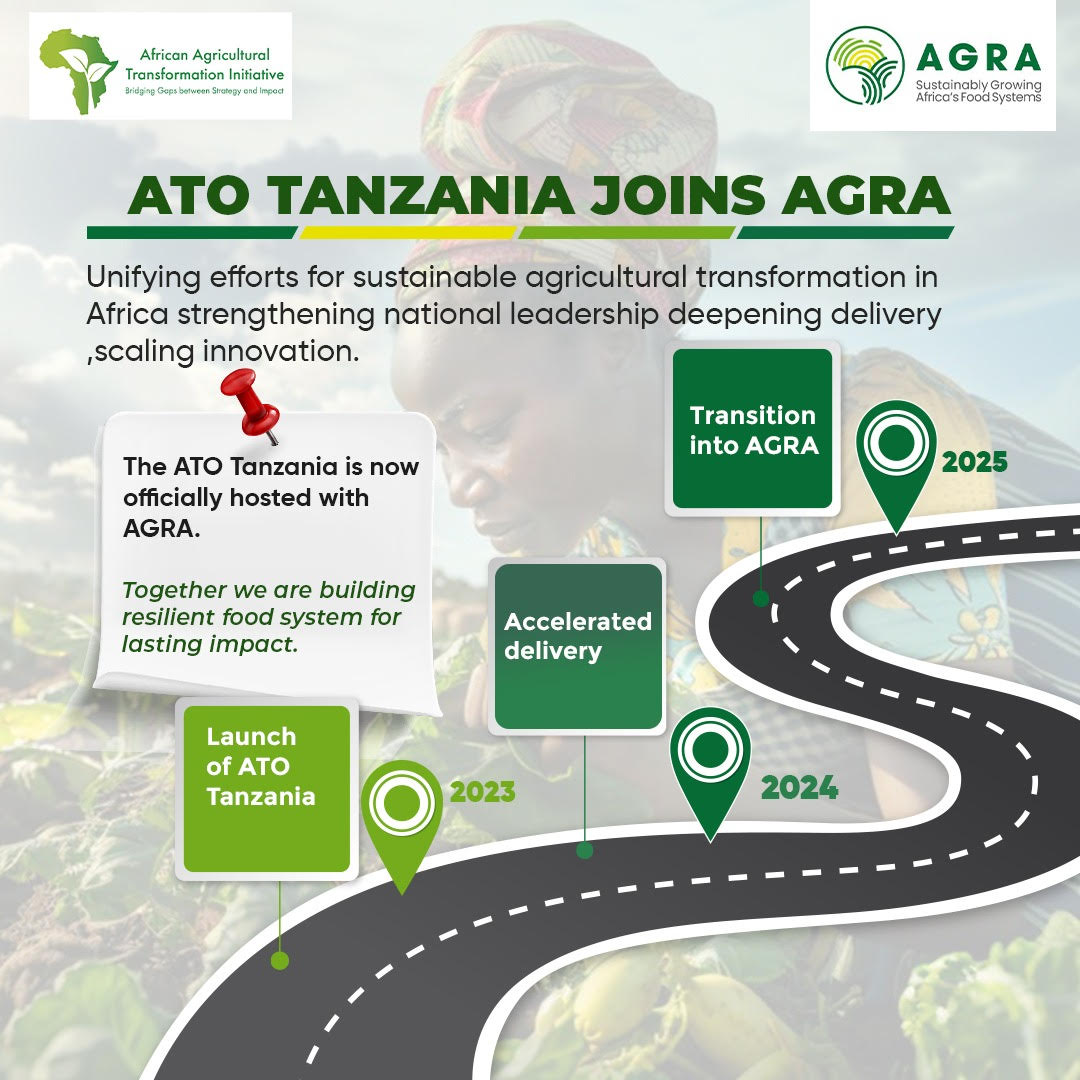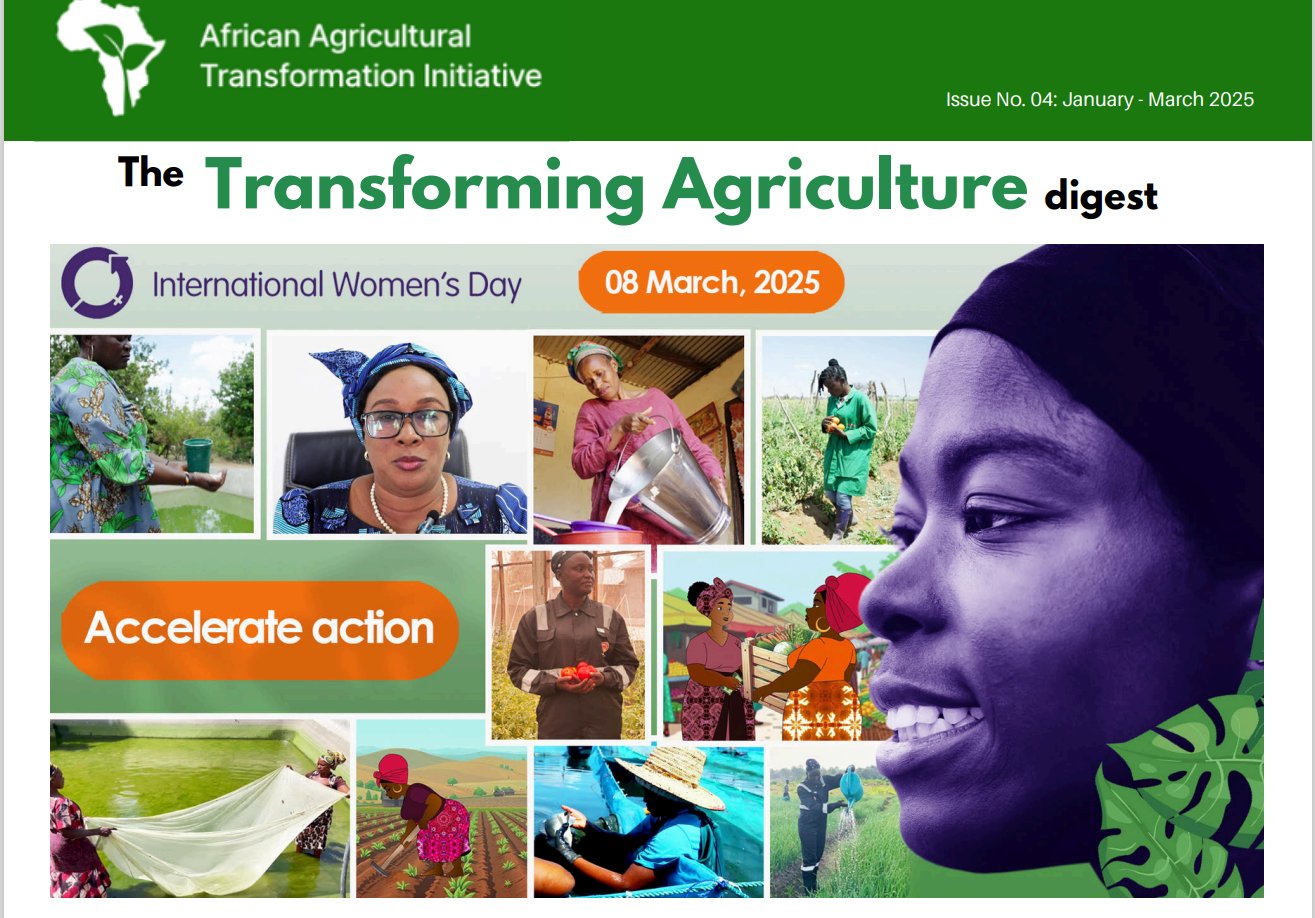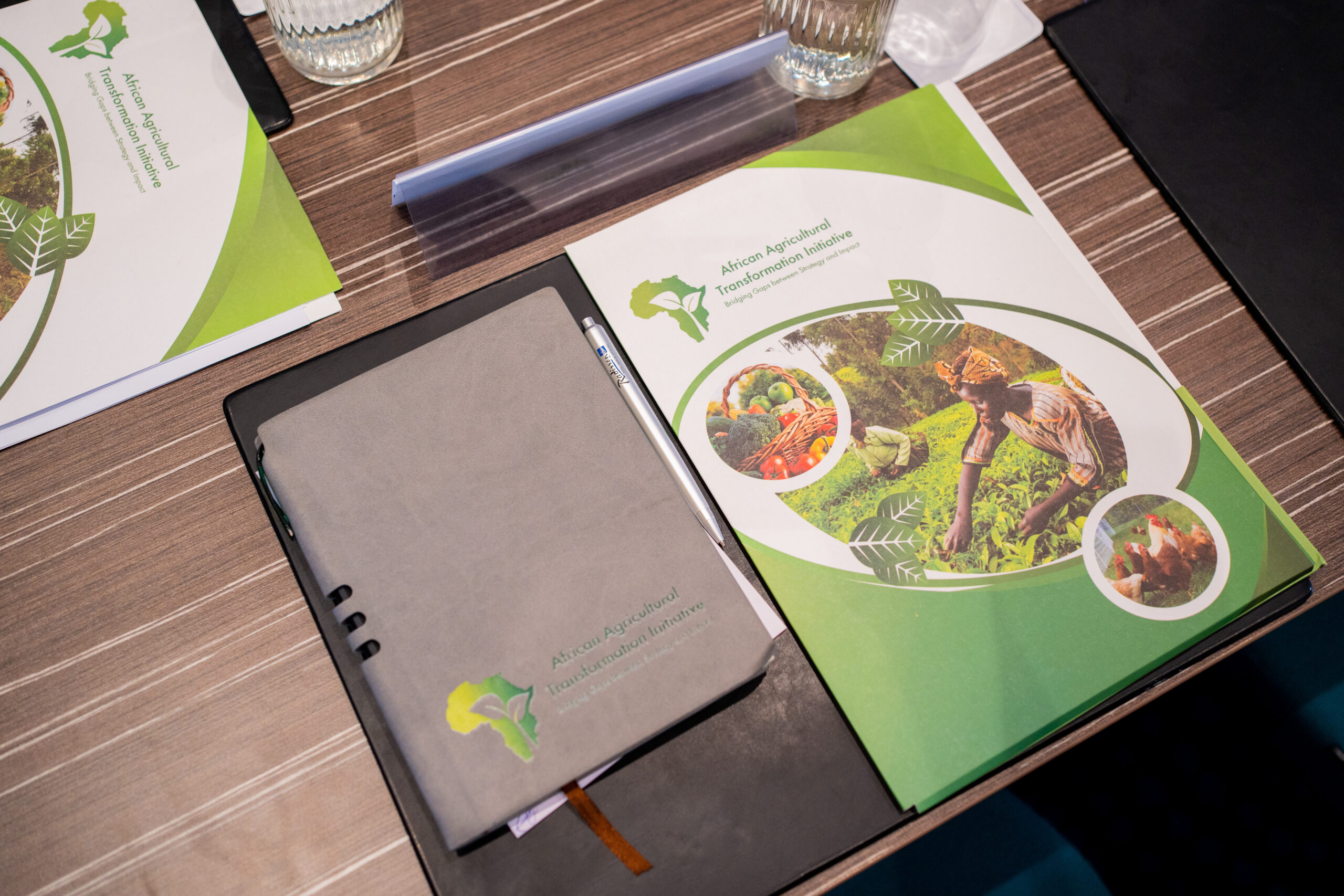In the sun-scorched fields of Machakos, Kenya, 46-year-old farmer Mary Muthembwa surveys her wilted maize crop. Once a dependable food and income source, the rains have become erratic, and her harvests have shrunk year after year. Like millions of smallholder farmers across East Africa, Muthembwa faces a stark reality, climate change is pushing her family and community closer to poverty, with traditional farming methods no longer providing the security they once did across East Africa, from
Ethiopia’s highlands to Uganda’s banana zones and Tanzania’s rice paddies, farmers are grappling with longer droughts, unpredictable rain patterns, floods, soil degradation, and pest outbreaks like the devastating fall armyworm. Over 70 percent of the region’s population relies on agriculture, most of it rainfed, yet extreme weather threatens to undermine food security, incomes, and rural livelihoods.


